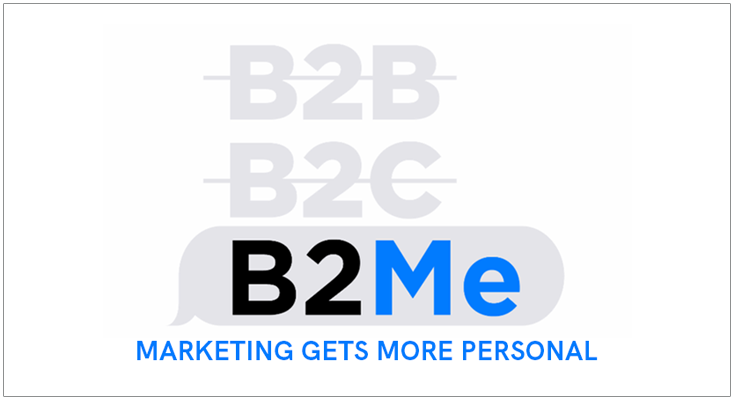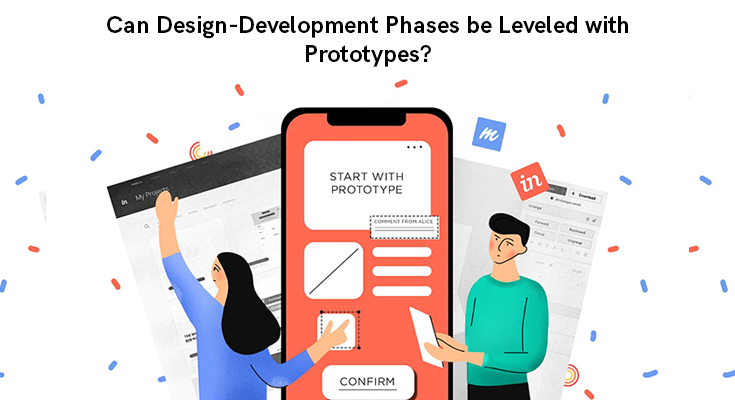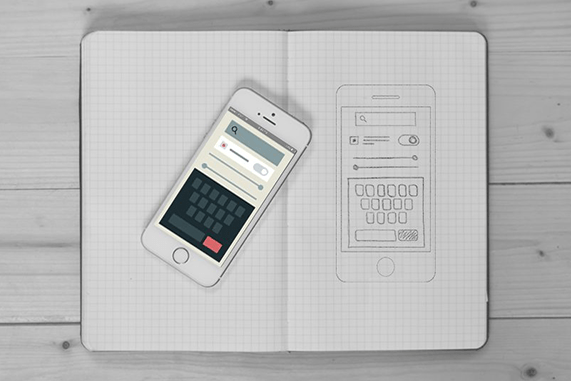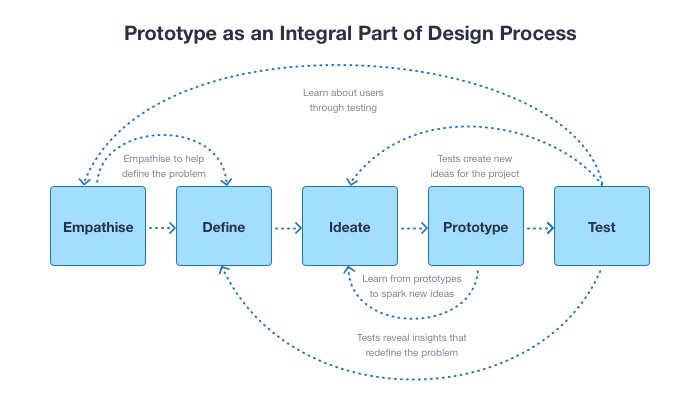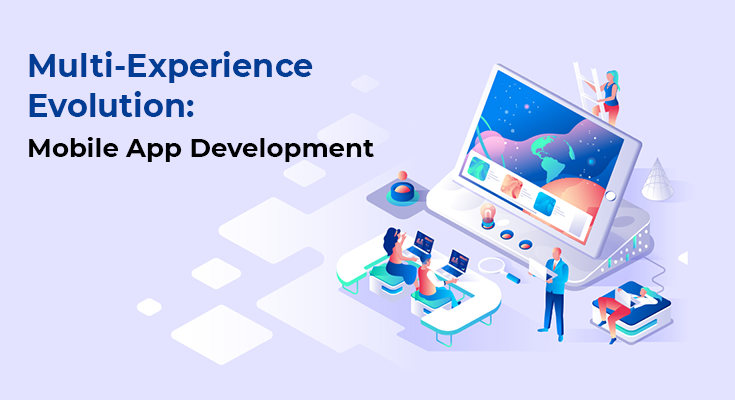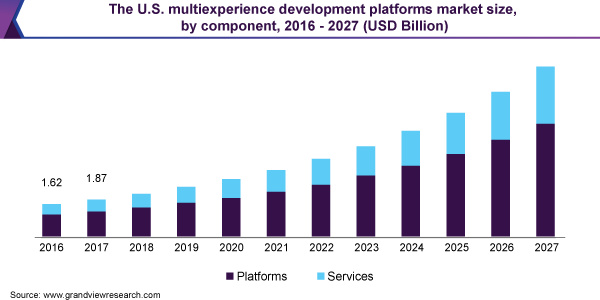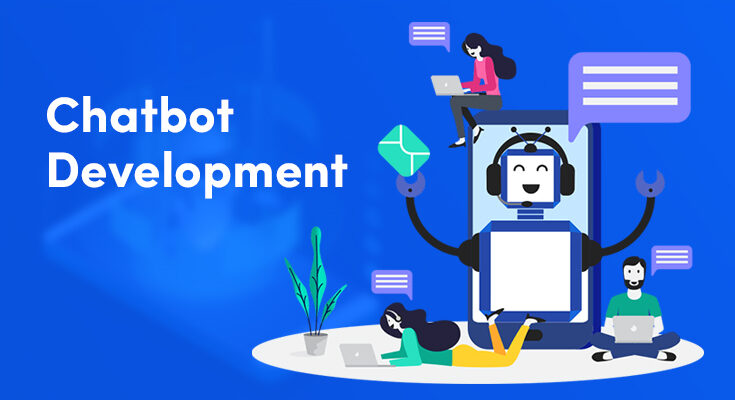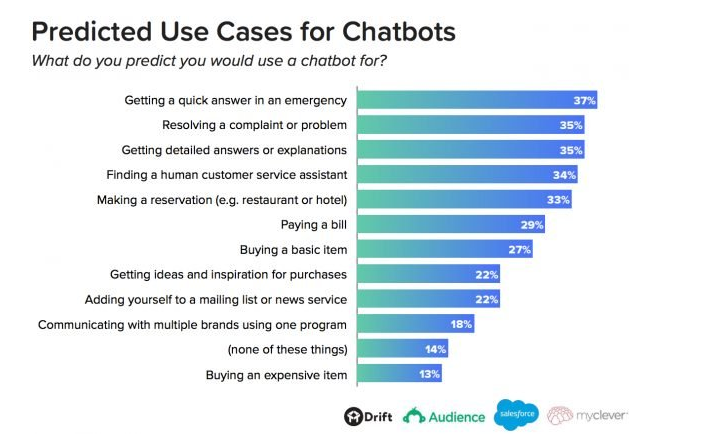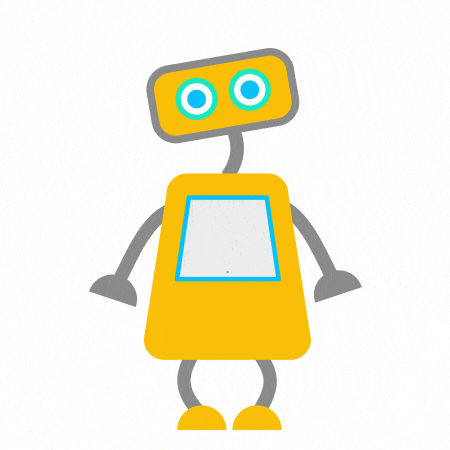Each business category we can think of today was not the same if looked upon it years back. Isn’t it? Businesses have a unique tendency to be dynamic as their traits are always changing and this ensures that they can never fit into neat molds.
As technology makes transitions, trends in different business sectors take a new shape which results in concreting overarching strategies. Earlier the enterprises were more involved with two basic business models, B2B (Businesses to do business with other companies) and B2C (Businesses sell to the end customer) but now, they have made an inclination towards ‘B2Me’.
Before we delve into knowing what id B2Me Marketing, the first thing to get familiar with is that it is not a new concept. It made its advent a few years ago but has now gained traction as almost every business is implementing it as a core business strategy.
B2ME
Simply put, B2Me is a concept of marketing (Business) and delivering to an individual (‘Me’) concerning his demands and desires. Majorly the B2Me is all about concentrating on ‘Me’, the individual consumer.
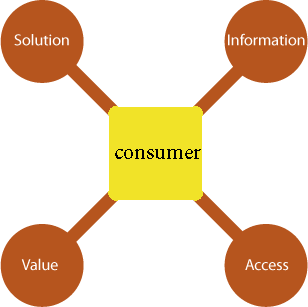
B2Me crosses the level of marketing in terms of customer engagement. It builds a relationship between a brand and a consumer and continues to nurture it by learning more about them, their needs, buying patterns, and much more.
“It’s not about closing a sale, it’s about developing a bond with a single unique individual that lasts longer.”
This is a great approach that focuses on developing relationships where the client/customer feels heard and personally serviced that certainly intends to create loyalty and earn a vote of trust. This method is much more efficient and is likely to have a substantial impact on customer acquisition costs, thereby, increasing the purchasing frequency.

B2B/C and B2Me all are targeted marketing techniques where B2Me is a more pulling strategy in this digital world. If anybody says that we haven’t been doing this for years, then wait, get your head turned to the flashback when you first realized that how Google analyzed your search history and displayed the most relevant results to ‘YOU’ (Me).
B2Me has a great scope amidst the much larger market of personalization where the consumer of today expects brands and companies to tailor products customized to their interests, tastes, needs, and individual pain points.
Characteristics of B2Me Marketing
- Each potential customer is treated as a specific person, not as part of a target or demographic segment.
- The relationship between the brand and the consumer is based on the tastes of the latter, as an individual.
- Understand the situation of the buyer at the time of their interaction, since the intention of the company is not to offer something but to solve a specific problem.
- Develop new techniques of value and interaction, based on daily learning.
- It adapts to the context of any brand or consumer.
[Prefer Reading: Neuromarketing: Understand Consumer Reactions by a Mix of Cognitive Science + Marketing”]
What Businesses Need to Learn from B2Me?

Without any traces of doubt, we can rightfully say that B2Me is monogamous marketing which has over shined traditional business paradigms.
In this digital age, businesses need to understand,
“Brand Loyalty becomes indestructible when a customer has built an airtight emotional connect with a brand and knows how to align their efforts with the customer’s inner vision.”
Let’s talk about Apple and its excessively costly iPhones.
Why is it that even after getting the same quality and functionality in other brands people opt for iPhones? Even after knowing they tend to get obsolete faster than others with the emergence of new versions.
It’s what they implement B2Me, where customers refuse to cheat on the brand as the brand cares for them by knowing their intent closely at each step.
“Listen, Empathize, and Solve Problems with a Custodial Solution in Hand.”
Some more brands to add would be:
- BMW
- Coca-Cola
- Harley Davidson
- Amazon Prime
- Nike
- Oprah
And the list goes on.
Ad feeds and pushy campaigns do not work as much as expected at the present time. The need is to customize, personalize, and market intelligently, leveraging the digital media especially which ultimately feeds the B2Me movement.
B2Me Empowers the Data-Driven Culture
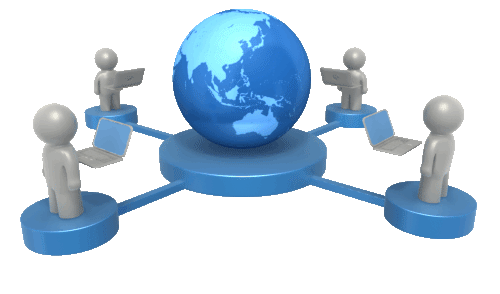
“Tomorrow’s market leaders will be companies that accept the efforts of consumers to shape their own brand experiences.”
-Laura Gurski
So True!
B2Me is all about delivering a personalized customer experience and to achieve this a brand needs to be close to its customers to know their wishes and wants. And of course, nobody can go door to door to gather customer information.
This where data collection plays a significant role in making business decisions to achieve accuracy that further helps to scale in building those relationships.
“Data-Driven Marketing is a common recurring trait seen across successful brands.”
B2Me becomes robust and powerful with the support of relevant data. Let’s see how Maybelline, a New York brand, raised its sales using a customer-centric approach of marketing.
We know how strenuous it is to drive people’s eyeballs towards your brand, product, or service. To do something apart from the normal, Maybelline took the B2Me approach by running a 3 step campaign called MyMNY which got customers to characterize themselves in three steps and rendered a personalized beauty guide to them.
The technique was different that offered—
Users:
-A non-generic product brochure
-A new purchasing perspective
-Personalized suggestions, tips, and ideas
-A feeling of brand empathy
-Product purchase coupon
Maybelline:
-Huge volume of organic traffic
-Valuable user data
-Hiked coupon redemption rates
-Multiplied sales and ROI
Well, this was a perfect example of B2Me and data collection in an intelligent way which helped the brand to start gathering trends and future product ideas in real-time.
If seen today, one can identify multiple such examples of businesses applying customer-centric marketing on distinct social platforms.
[Prefer Watching a Mark Morin Video on B2Me which pivots the hammer on how to Get Personal, Get Relevant, and Get Customers.]
So are you Geared Up to Perform B2Me?
B2Me forms its basis on the premise that no two Customers are like and therefore companies have to adapt solutions to each of them and achieve a more favorable response from them.
The footprint that digital consumers leave with each of their daily inquiries and interactions becomes extremely valuable information for companies, as this data helps them understand the behavior of potential customers.
Establishing a B2Me relationship, by individualizing the attention of each customer, allows brands to create a personal and authentic connection with them.
[Prefer Reading: Trends Shaping Digital Customer Experience.”]

